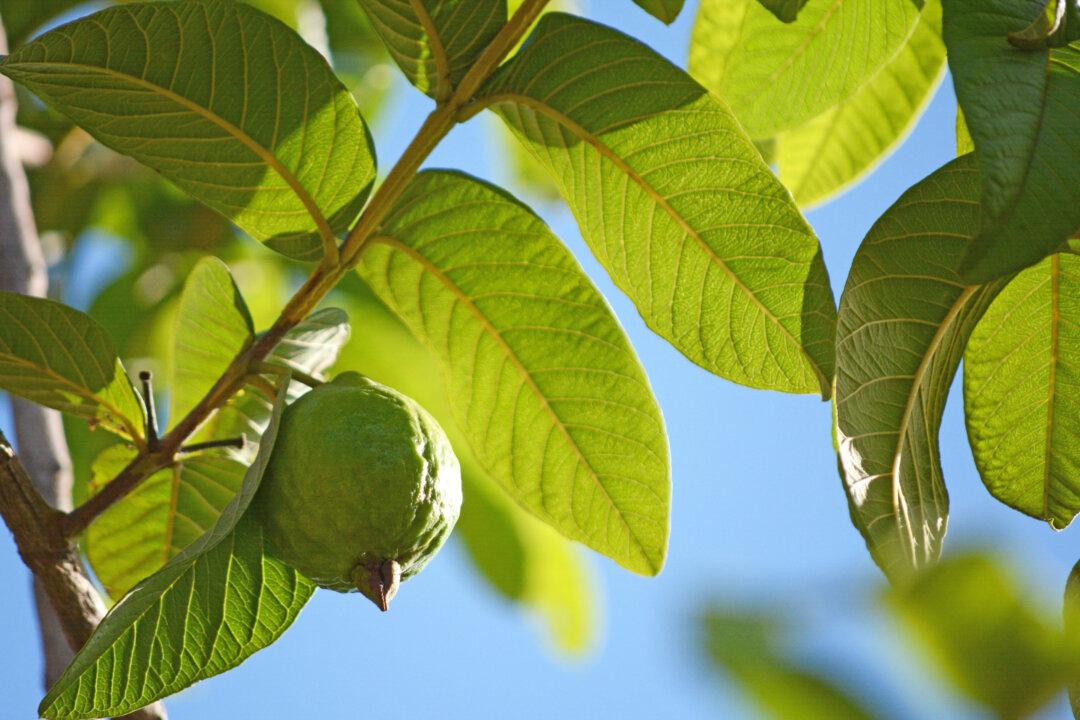If you are interested in health and vitality, eating a nutrient-dense diet is critical. Consuming foods with high levels of essential vitamins, minerals and micronutrients provides cells with the building blocks for regeneration and disease prevention.
One of the most potent sources of nutrition, bite-for-bite, are fermented foods. An ancient method of food preservation, fermentation is a natural process in which microbes, such as bacteria or yeast, convert sugars into acids or alcohol under anaerobic conditions. Fermentation produces “good” bacteria called probiotics, which confer a wealth of benefits to intestinal flora, enhancing the health of your gut microbiome and boosting your immune system.





